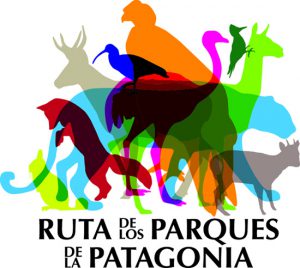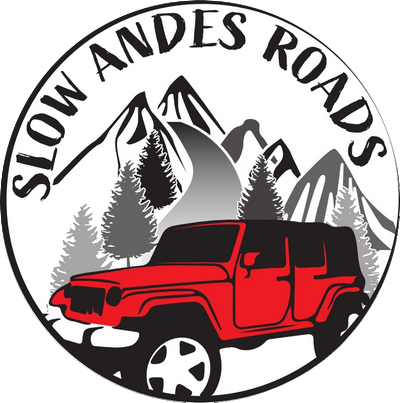We put everything together….
Now come and join the good life driving a JEEP™
Route of the Parks
What is the Route of the Parks?
The Patagonia Parks Route is a scenic route of 2,800 km, which invites you to explore 17 National Parks located between Puerto Montt and Cape Horn, integrating the Austral Highway (Carretera Austral or Ruta 7) with the Patagonian Channels and the End of the World Route.
The delicate combination of its pristine landscapes, its diverse ecosystems, native and endemic flora & fauna, as well as the invaluable history and culture transmitted by the more than 60 surrounding communities, make it a unique route in the world.
The Route of the Parks is also a conservation vision for Chilean Patagonia that proposes harmoniously balancing the protection of nature with the economic development of its communities through tourism as a consequence of conservation.
What are the benefits of the Route of the Parks?
1.-Nature Protection:
The route concentrates more than 90% of the protected territory under the category of National Parks in Chile, protecting 11.5 million hectares of pristine ecosystems that are a refuge for endangered species such as Alerce, Canquén Colorado, Pudú, Huemul , Huillín, among others.
2.-Local economic development:
The route encourages the economic dynamism of more than 60 neighboring communities through tourism as a consequence of conservation, promoting investment and employment: In the US for every dollar invested in National Parks, from 6 to 10 return to the economy local.
3.-Territorial Integration:
The Route of the Parks covers a third of Chile, connecting 17 National Parks, territorially integrating 3 regions (Los Lagos, Aysén and Magallanes) and linking the Carretera Austral with the Patagonian Channels and the Route of the End of the World.
The Route of Parks of Patagonia is one of the last wild places and a lung for the planet. Data from a recent study shows that the Route of Parks plays an important role in mitigating global warming, given its current carbon pool. The research is based on a new dataset produced by the United Nations World Environment Conservation Monitoring Center (UNEP-WCMC), with additional calculations from the National Geographic Society and cartographic data provided by Tompkins Conservation Chile.
This research shows that both the soil and the biomass of the ecosystems present in 28 million acres that the Route protects, store 6,608 million metric tons of carbon. With an average of 558 tons of carbon per hectare, the Route of Parks is one of the richest carbon sinks in South America, storing almost 3 times more carbon per hectare than the forests of the Amazon.
The planetary importance of this vast territory is also reflected in its high degree of naturalness, as it houses pristine places, still untouched by man, which preserve ecological processes on large scales of space and time. Almost 20% of the route’s surface is made up of peat bogs, the main climate regulator by storing 10 times more carbon than any other ecosystem, while the North and South ice fields make up the third largest reserve of fresh water in the world.
The eco-regions present in the Route of the Parks have a high level of endemism and biodiversity, originating a mosaic of life of extraordinary richness, from sea to mountain range. Large ocean currents converge in the sea and the most extensive estuarine system in the world unfolds, with a coastline that borders fjords, peninsulas, archipelagos and more than 3,000 islands, which exceeds 52,000 miles in extension, equivalent to twice the circumference of the Earth.
Maps of the Route of the Parks, click here

